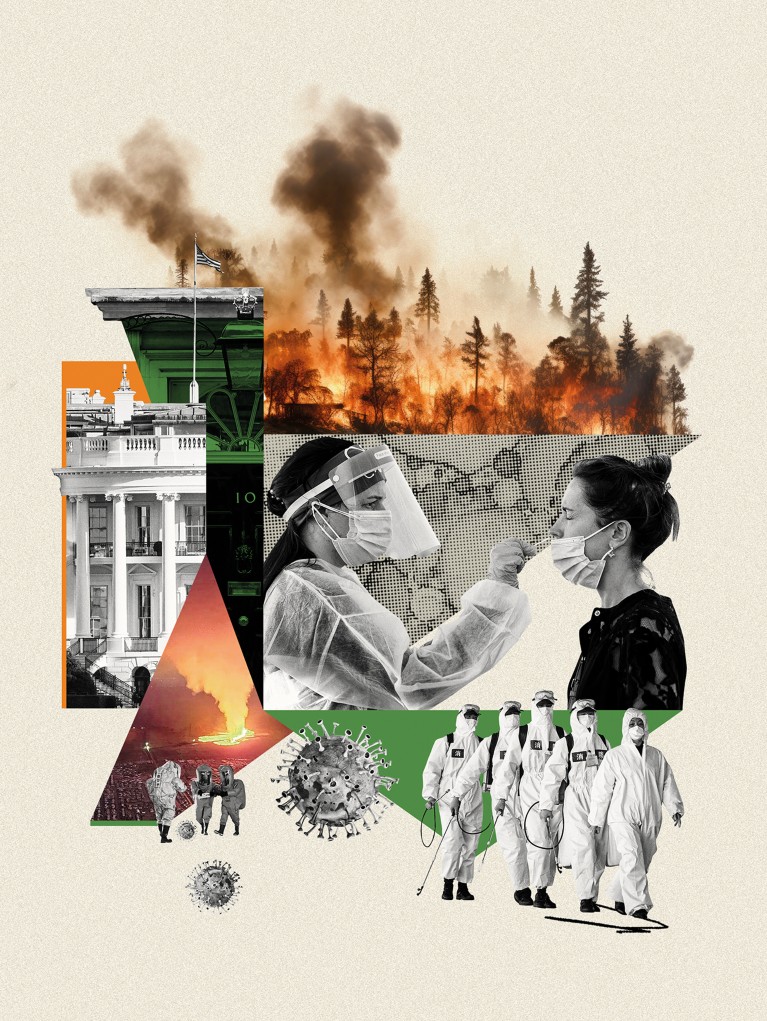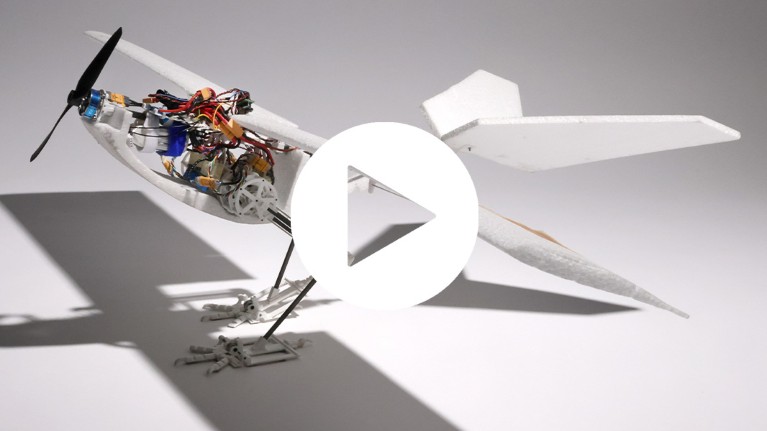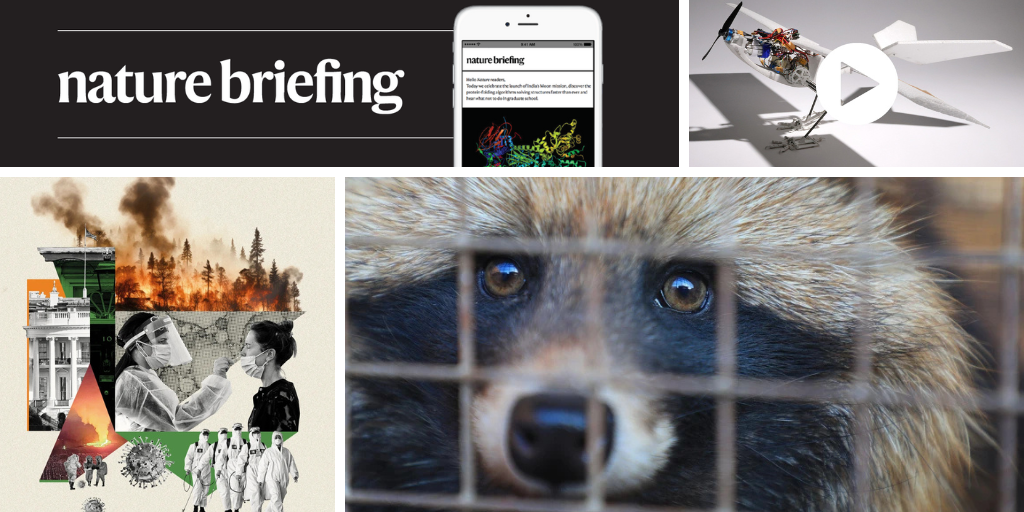Hello Nature readers, would you like to get this Briefing in your inbox free every day? Sign up here.

Illustration: Barbara Gibson. Images: Getty/Alamy
A Nature global survey finds that most specialists are unhappy with systems that provide science advice to policymakers. Eighty per cent said their country’s science-advice system was either poor or patchy, and 70% said that governments are not routinely using such advice. Nature’s survey — which took place before the US election in November — together with more than 20 interviews, reveals where some of the biggest obstacles to science advice lie. Eighty per cent of respondents thought policymakers lack sufficient understanding of science — but 73% said that researchers don’t understand how policy works. “It’s a constant tension between the scientifically illiterate and the politically clueless,” says policy specialist Paul Dufour.
Earth’s neighbour Venus has never had liquid water on its surface. One theory of the rocky planet’s history posited that after being covered by magma, the planet maintained a temperate climate for billions of years, which allowed oceans of water to form. Researchers used the chemical composition of volcanic gases in Venus’s atmosphere to infer the water content of its interior — a barometer of whether it ever had such oceans. They found only a 6% water content in the gases, suggesting a very dry planet that has never had liquid water on its surface.
Reference: Nature Astronomy paper
Marine biologists and Māori experts are the first to dissect a specimen of a spade-toothed whale (Mesoplodon traversii), a species so rare that it has never been seen alive. Only six other specimens of the five-metre-long whale have ever been found, leaving researchers with a laundry list of questions about the enigmatic species. “There may be parasites completely new to science that just live in this whale,” says marine scientist Anton van Helden. “Who knows what we’ll discover?”
A new analysis of samples from early 2020 seems to add to the evidence that a market in Wuhan, China was the likely origin of the COVID-19 pandemic. Genomic data from raccoon dogs (Nyctereutes procyonoides) and greater hog badgers (Arctonyx collaris) found at the market seem to show signs of infection with SARS-CoV-2 or other closely related viruses. This supports the theory that animals were infected, which could have led to a ‘spillover’ event in which the virus infected people. But “it doesn’t substitute for finding the virus in an infected animal” in terms of solid proof, says virologist Stanley Perlman.
Meanwhile, a Republican-led US government committee — notable for its rancor and partisanship — bucked the opinions of many scientists and concluded that SARS-CoV-2 likely leaked from a lab in Wuhan. Democrats on the panel released their own report flatly contradicting many of their colleagues’ conclusions.
Nature | 5 min read & Science | 4 min read
Reference: Select committee report & Democratic members’ rebuttal
It’s a bird, it’s a plane… it’s a drone with bird-like legs? Researchers have created a fixed-wing drone with lightweight legs to try to reproduce birds’ incredible variety of locomotion. Although heavily simplified, these mechanical drumsticks have proven to be very versatile — the drone can walk, hop and leap into the air in a manner very evocative of the real thing.

Today I’m gathering my holiday nerd supplies, including academic-misconduct researcher Anna Abalkina’s advent calendar of dodgy journals and NASA’s hearth-warming video of a fireplace cracking with the flames of the SLS rocket’s enormous engines.
While I stock my wine cellar with Klein bottles and plan my tessellating canapes, why not let me know your feedback on this newsletter? Please send your e-mails down the chimney to [email protected].
Thanks for reading,
Flora Graham, senior editor, Nature Briefing
With contributions by Jacob Smith
Want more? Sign up to our other free Nature Briefing newsletters:
• Nature Briefing: Careers — insights, advice and award-winning journalism to help you optimize your working life
• Nature Briefing: Microbiology — the most abundant living entities on our planet — microorganisms — and the role they play in health, the environment and food systems
• Nature Briefing: Anthropocene — climate change, biodiversity, sustainability and geoengineering
• Nature Briefing: AI & Robotics — 100% written by humans, of course
• Nature Briefing: Cancer — a weekly newsletter written with cancer researchers in mind
• Nature Briefing: Translational Research — covers biotechnology, drug discovery and pharma


